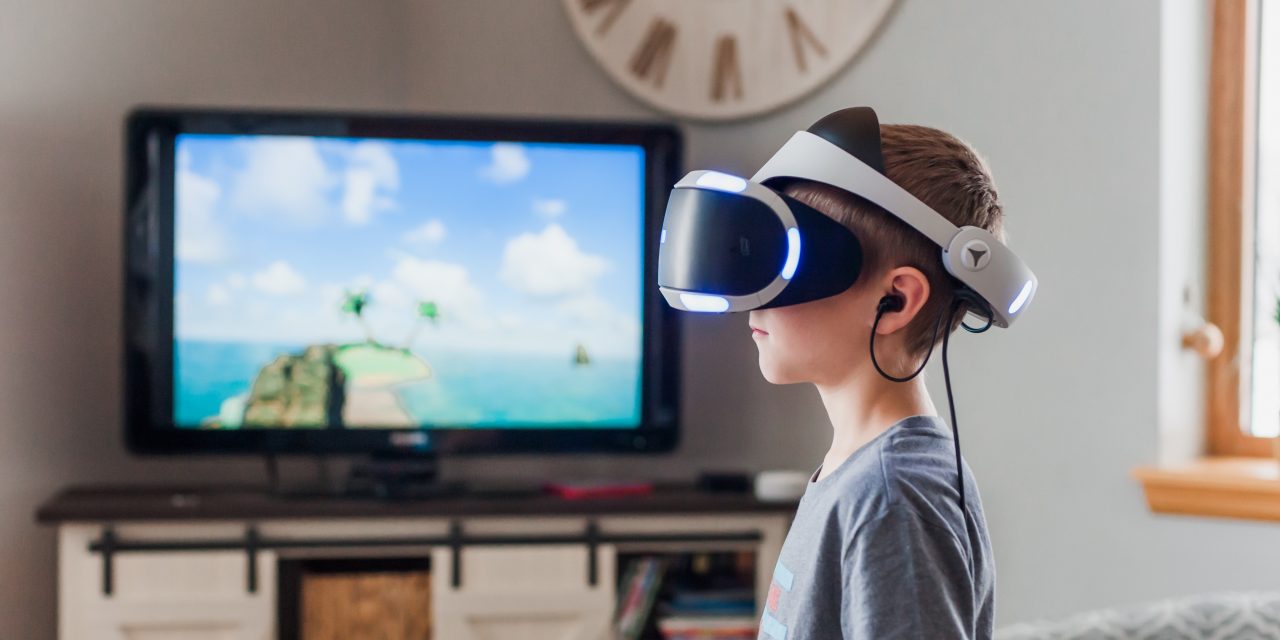Are you tired of the traditional chalk and talk approach to teaching chemistry? Do you wish you could bring the excitement and wonder of chemical reactions to life in a truly immersive way? Well, get ready to unleash the power of augmented and virtual reality (AR/VR) in your chemistry classroom!
AR and VR are cutting-edge technologies that are revolutionizing the way we learn and interact with the world around us. By creating vivid, three-dimensional simulations and visualizations, these technologies allow students to explore the intricate world of atoms, molecules, and chemical processes like never before.
The Chemistry Lab in Your Hands
Imagine being able to pick up a virtual molecule, twist it, and observe its structure from every angle. With AR and VR, students can now visualize and manipulate complex chemical models in ways that were once impossible with static textbook diagrams or physical models.
One of the latest innovations in this field is the use of AR to overlay digital information onto the real world. For example, students can use their smartphones or tablets to scan a physical model of a molecule, and the AR app will display additional information, such as the names of the atoms, bond lengths, and even animations of how the molecule vibrates and rotates.
Unleashing the Power of Reactive Chemistry
But AR and VR aren’t just about static models – they can also bring the dynamic world of chemical reactions to life. Students can use VR simulations to step inside a virtual chemistry lab and conduct experiments that would be too dangerous, expensive, or time-consuming in the real world.
Imagine being able to observe the intricate dance of atoms and molecules as they collide, rearrange, and form new compounds. With VR, students can slow down or speed up the reactions, zoom in on specific regions, and even manipulate the conditions (such as temperature or pressure) to see how they affect the outcome.
One of the most exciting developments in this area is the use of haptic feedback gloves, which allow students to not only see but also feel the forces and vibrations involved in chemical processes. This multisensory approach can help students develop a deeper understanding and appreciation for the intricate world of chemistry.
The Future of Chemistry Education
As AR and VR technologies continue to advance, the possibilities for chemistry education are truly endless. Imagine virtual field trips to explore the chemistry of distant galaxies or the depths of the ocean. Or perhaps students could design and test new materials or drug molecules in a virtual environment before attempting to synthesize them in the real world.
The potential for AR and VR to revolutionize chemistry education is vast, and it’s up to educators and researchers to continue pushing the boundaries of what’s possible. By embracing these cutting-edge technologies, we can inspire a new generation of chemists and scientists who can tackle the world’s most pressing challenges with creativity, innovation, and a deep understanding of the fundamental principles that govern the universe.
So, what are you waiting for? It’s time to dive into the exciting world of AR and VR and unleash the power of chemistry like never before!

